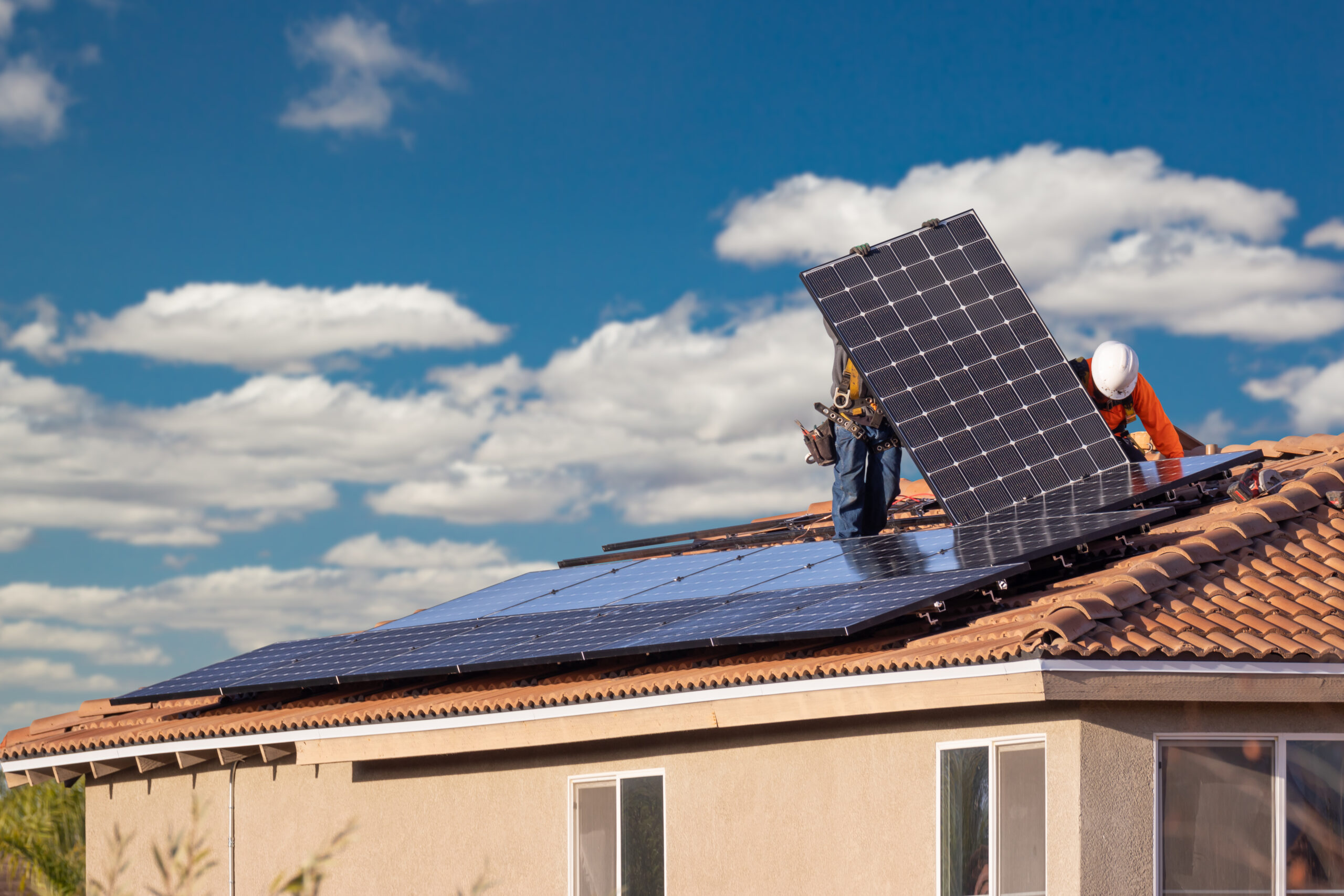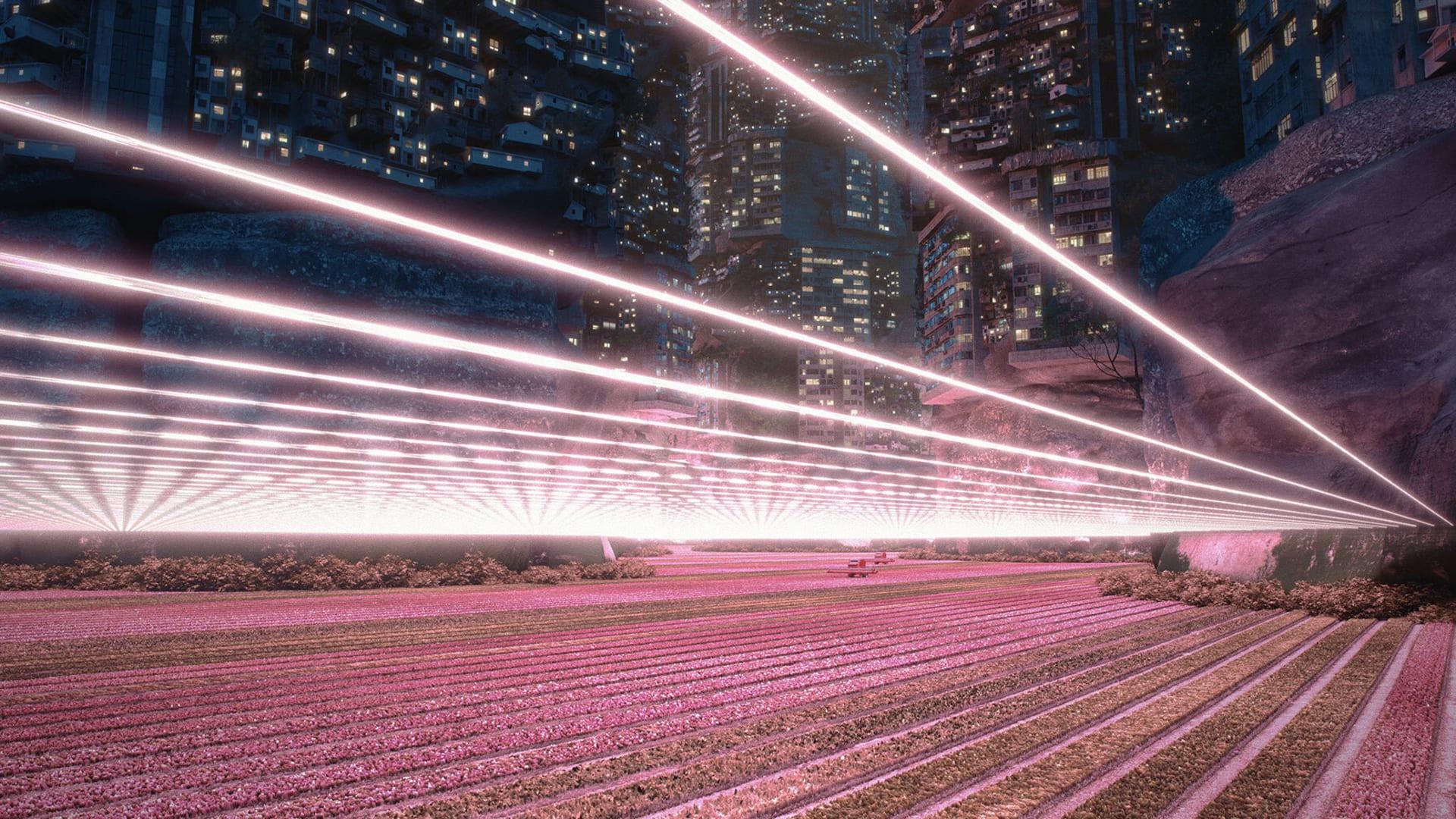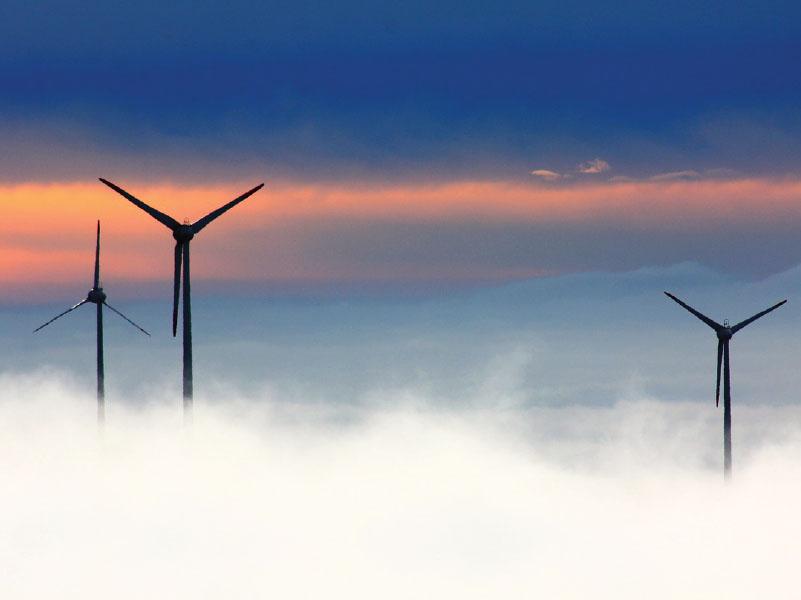Renewables Forecasting for Energy Utilities
New solutions to renewable forecasting challenges
Because they depend on weather, renewable sources such as solar and wind are inherently challenging to predict. In contrast to traditional statistically based methods for forecasting renewables, AI and machine learning solutions can tap into hundreds of data sources in near real time and are capable of training—and re-training—themselves, resulting in:
-
-
- More accurate forecasts based on up-to-the-minute data
- Reduced need for specialized expertise
- Faster adaptation to changing environmental factors
-
Accurate renewable energy forecasting is critical

The U.S. government has set a goal of reaching 100% carbon pollution–free electricity by 2035.

Solar made up 45% of new electricity generation capacity added in the United States through the first three quarters of 2022.

The U.S. wind industry installed over 13,000 megawatt of new wind capacity in 2021—the second-highest amount installed in one year.
Capabilities
AI and machine learning platforms can mine data in real time from a wide array of sources, including:
Historical weather patterns
Satellite images
Weather station measurements
Smart sensors on renewables
Observational inputs
Applications like Splight use advanced models to evaluate data from these and other sources in producing highly accurate forecasts of both supply and demand, enabling utilities to accommodate fluctuations and ensure an optimized flow of clean energy.
Over time, these platforms can identify patterns and use the resulting insights to update their models, eliminating the need for manual retraining.
Our Work
Case Studies
Logic20/20 helps utilities accelerate their journeys towards grid modernization, digital transformation, and enhanced customer experiences.

Featured
Managing risk proactively with AI and machine learning

Featured
Using machine learning to improve vegetation management

Featured
8 ways utilities can optimize vegetation management
Let’s talk about forecasting renewables



